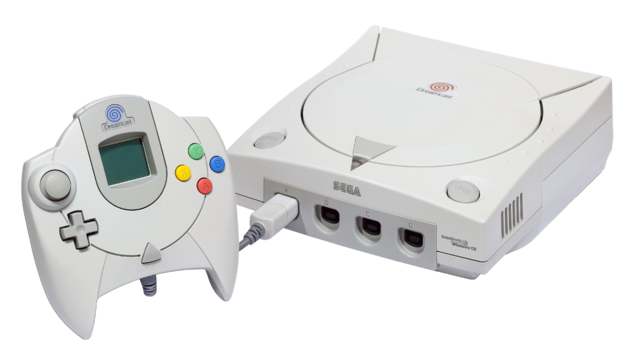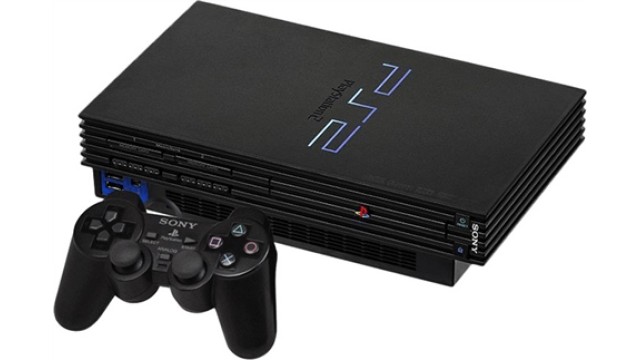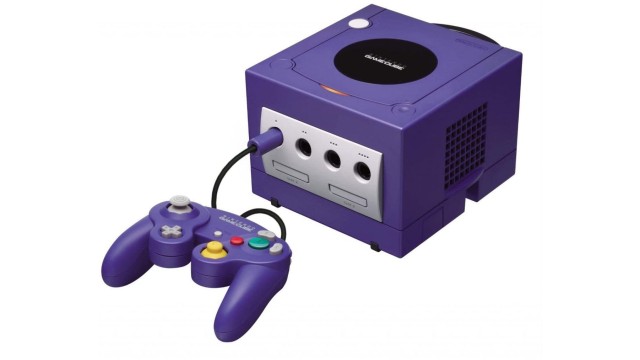
Xbox
Launches: 2001
Discontinued: 2009
Life span: 8 years
Units sold: 24 650 000
Generation: 6th
Country releases of Xbox
 USA: USA: | 08/Nov/2001 | ||
 Japan: Japan: | 22/Feb/2002 | ||
 Australia: Australia: | 14/Mar/2002 | ||
 Europe: Europe: | 14/Mar/2002 |
 Xbox technical specifications
Xbox technical specifications
CPU: Pentium III
Memory: 64 MB
 Xbox video specifications
Xbox video specifications
Xbox graphics capabilities.
Video chip: Nvidia MPCX 256-bit @ 233 MHz
Video connection:
 Xbox audio specifications
Xbox audio specifications
Xbox sound capabilities.
Audio chip:
Audio mode:
 Controllers of Xbox
Controllers of Xbox
 Xbox games support
Xbox games support
Support:
Xbox games
Games library: 997
Xbox story
The Xbox, released by Microsoft in 2001, represents a landmark in the evolution of home gaming consoles, marking the company’s ambitious entry into a market dominated by established players. The creation, development, launch, and market reception of the Xbox encapsulate a story of technological innovation, strategic risk-taking, and the pursuit of a new gaming ecosystem.
The creation of the Xbox was initiated by Microsoft’s desire to expand beyond its traditional software business and tap into the rapidly growing video game market. In the late 1990s, Microsoft was observing the success of console giants such as Sony’s PlayStation and Nintendo’s Nintendo 64. These consoles were not only popular among gamers but also showcased the potential for interactive entertainment on a large scale. Microsoft recognized an opportunity to leverage its technological expertise and resources to create a new gaming platform. The project was spearheaded by a team of engineers and designers, including key figures like Seamus Blackley, who was instrumental in envisioning the console’s features and capabilities.
The development of the Xbox was marked by a focus on integrating cutting-edge technology with a user-friendly experience. The console was built around an Intel Pentium III processor and an nVidia GeForce 3 GPU, which provided robust graphical and processing power. This hardware configuration was designed to deliver advanced graphics and smooth gameplay, setting the Xbox apart from its competitors. Microsoft’s approach was to create a console that could handle both high-quality gaming and serve as a multimedia hub. This vision included integrating a built-in hard drive, which was a novel feature at the time. The hard drive allowed for game data storage, downloadable content, and multimedia capabilities, providing a new level of convenience and functionality.
The development team also worked on creating an online gaming service, which would become known as Xbox Live. This was another innovative aspect of the Xbox, as it aimed to offer a seamless online multiplayer experience, which was relatively new in the home console market. The team collaborated with industry experts and used Microsoft’s own networking technology to build a robust online infrastructure, laying the groundwork for what would become a cornerstone of the Xbox brand.
The launch of the Xbox in November 2001 was a major event, marking Microsoft’s official entry into the console market. The console was initially released in North America, followed by launches in Europe and Japan in 2002. The launch was supported by an extensive marketing campaign that emphasized the Xbox’s technological prowess, its extensive game library, and its potential to revolutionize gaming. Microsoft positioned the Xbox as a high-performance console with a range of features designed to appeal to both hardcore gamers and newcomers. The console’s launch lineup included titles like “Halo: Combat Evolved,” which would go on to become one of the most iconic games in the Xbox’s history and a defining title for the platform.
In terms of market reception, the Xbox was generally well-received, particularly for its technological advancements and strong game library. The inclusion of a built-in hard drive and support for online gaming through Xbox Live were seen as major innovations that set the console apart from its competitors. The hard drive allowed for faster load times and the storage of game saves and downloadable content, which was a significant advantage over consoles that relied solely on cartridges or CDs. Xbox Live, which launched in 2002, further enhanced the console’s appeal by offering a dedicated online gaming service that provided a smooth and reliable multiplayer experience.
However, the Xbox also faced challenges. The console’s launch in Japan, where Microsoft had to contend with strong local competition from Sony and Nintendo, was less successful. The Xbox struggled to gain significant market share in Japan due to cultural preferences and the dominance of local gaming companies. Despite this, the console made a substantial impact in North America and Europe, where it successfully competed with Sony’s PlayStation 2 and Nintendo’s GameCube. The Xbox’s strong performance in these regions helped establish Microsoft as a significant player in the gaming industry.
Overall, the Xbox’s launch was a success in establishing Microsoft’s presence in the console market. The innovative features, such as the hard drive and Xbox Live, demonstrated Microsoft’s commitment to pushing the boundaries of gaming technology. The console’s strong game lineup and technological advancements contributed to its positive reception among gamers and critics alike. The Xbox set the stage for Microsoft’s future ventures in the gaming industry, including subsequent console generations and the continued evolution of Xbox Live. Its impact on the gaming landscape is reflected in the lasting legacy of its technological innovations and the successful establishment of Microsoft as a major player in the video game market.
Next Microsoft console: Xbox 360


